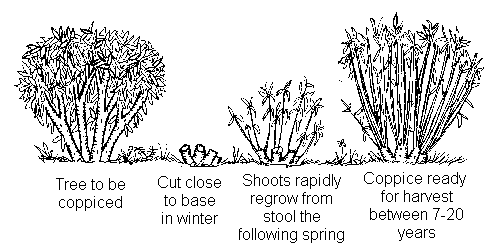Mary Willson: Curiosity-driven life

Though it’s hard to pinpoint when she first became interested in ecology, she was always curious about the world. It was when she was in graduate school that she discovered instead of going to the library to look something up, she could go outside and find out for herself.
“The answer was not in the literature. It was essentially an unknown, and you could go and find it out. That’s very cool,” she said. After her first grad school course, “there was really no turning back.

If the name sounds familiar, it should. She is the friend of Bob Armstrong in Juneau that worked on the Mendenhall glacier treasure, which I still love leafing through. The pair also invited Mike Callahan come out, survey the area and to do a beaver management plan for the site in 2009 and lead a volunteer group in the meantime to keep removing dams so that no one needed to trap them. Looks like she’s still a believer.
Willson goes for regular walks with friends including Armstrong and Hocker, on which they usually find at least three or four really interesting things to explore, she said. She volunteers as a member of the informally-dubbed “beaver patrol,” which helps monitor beaver habitat and ensure dams don’t negatively affect trails or other wildlife around the Mendenhall Lake and Dredge Lake.
“The idea is that you don’t have to kill the beavers. They’re actually useful. We like them, but they make ponds that are very good for juvenile coho,” Willson said. The ponds also create habitat for ducks, sandpipers, warblers, and other birds.
Yes they do, Mary. Nicely put. You are the voice of nature in Juneau, was just met some folks who lived in Alaska and sang your praises. Keep preaching the beaver gospel and let us know if you ever need help.
And because this is OLD HOME week at beaver central, we might as well visit an old classmate that didn’t do as well.
 Beavers return to Park at Riverwalk
Beavers return to Park at Riverwalk
In 2007, a beaver which destroyed several trees along the bike path received an outpouring of support from the community after California Department of Fish & Game officials issued a kill order. The issue received national attention and the kill order was later rescinded.
According to Bakersfield City Clerk Roberta Gafford, beavers have been spotted recently at The Park at River Walk .In a release, Gafford said that “staff is in the process of wrapping trees with green nylon fencing, and will continue to monitor tree damage.”
That’s right, the city that famously learned the hard way that orange netting to protect trees doesn’t work and looks silly has turned over a new leaf. After years of letters of phone calls from me personally, as well as countless others, they finally understand that killing beavers brings national controversy their way and they have learned the error of their ways. They fully understand why that netting failed last time.
It was the wrong color.




 Research has shown that Beaver activity has a dynamic and generative impact on willow. In addition to cutting trees, their ponding and damming actually creates more ideal riparian border for willow to sprout. In fact some researchers have even referred to beaver as “willow farmers”. One
Research has shown that Beaver activity has a dynamic and generative impact on willow. In addition to cutting trees, their ponding and damming actually creates more ideal riparian border for willow to sprout. In fact some researchers have even referred to beaver as “willow farmers”. One 






































